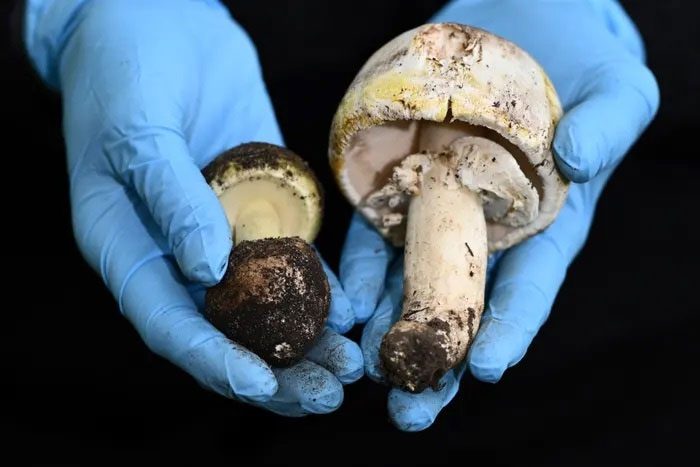Scientists Discover Indocyanine Green Can Prevent Toxins from Death Cap Mushrooms, Considered the Most Toxic Mushroom in the World.
Researchers from China and Australia have found that indocyanine green, a dye approved for use in medical diagnostics, can block toxins from the Death Cap mushroom, according to a report by the Guardian on May 16.

Scientists have discovered a potential antidote for the toxins from the Death Cap mushroom. (Photo: Guardian/AAP).
The Death Cap mushroom, scientifically known as Amanita phalloides, is responsible for 90% of mushroom-related fatalities worldwide. The α-Amanitin toxin from this mushroom leads to liver and kidney failure.
The research team noted that the lack of an antidote for this mushroom has been due to limited information on how its toxins kill human cells.
In experiments conducted on mice and human cell lines, scientists observed that indocyanine green could prevent liver and kidney damage caused by α-Amanitin. This compound also improved survival rates following poisoning.
“Although the results are very promising, further clinical trials are needed to determine whether indocyanine green has a similar effect in humans,” said Professor Qiaoping Wang, a co-author of the study.
The experiments also indicated that this potential antidote is only effective for mice poisoned within 4 hours, showing no effect on those exposed to the toxin for 8 and 12 hours.
Professor Brett Summerell, a mushroom expert and scientist at the Royal Botanic Garden Sydney, stated that the Death Cap mushroom is linked to many poisoning-related deaths due to its appearance and coloration, which can easily be mistaken for other mushrooms.
Additionally, unlike the toxins of other mushrooms that decrease under high temperatures, the toxin from the Death Cap is “potent throughout the cooking process,” said Summerell.



















































